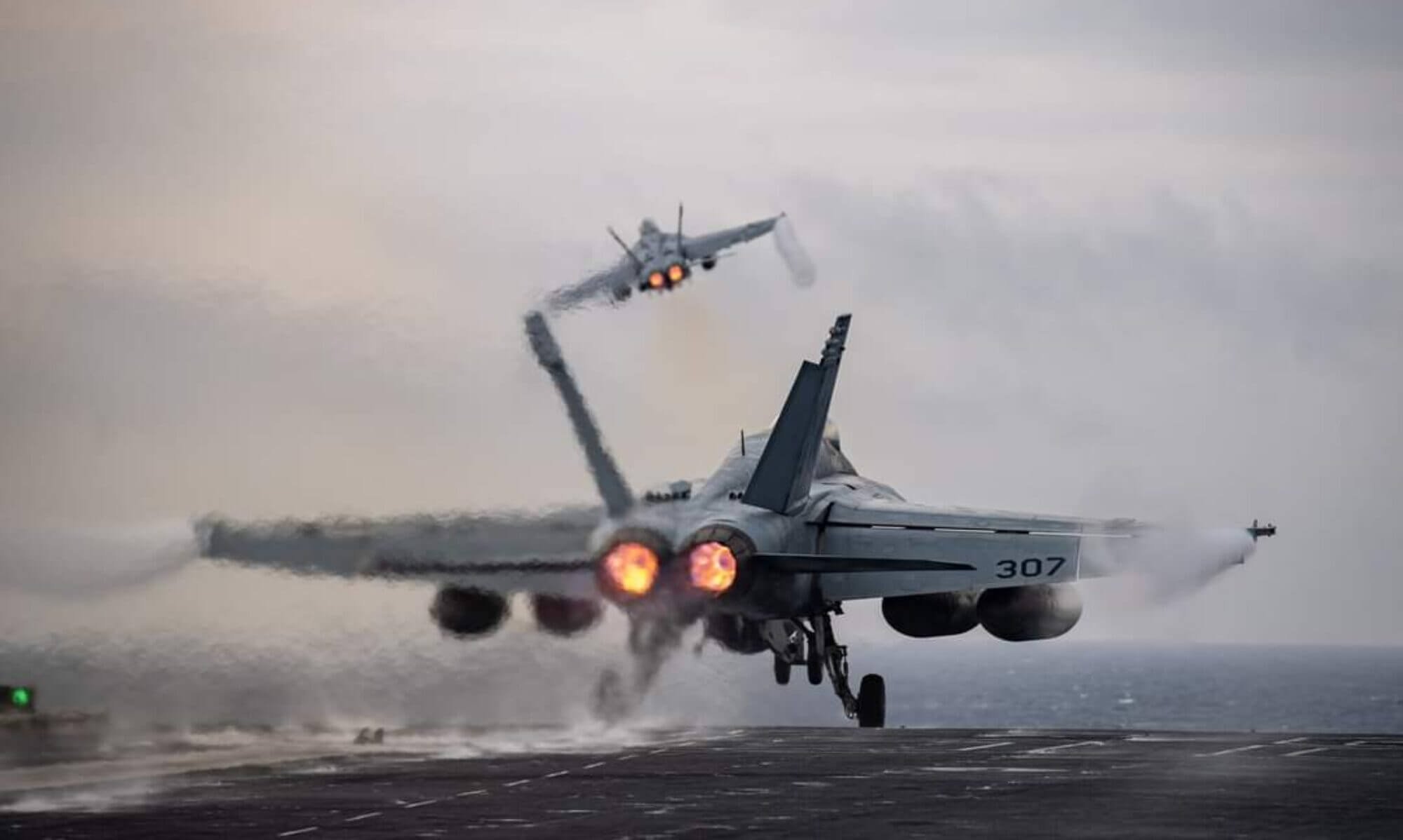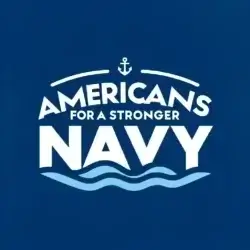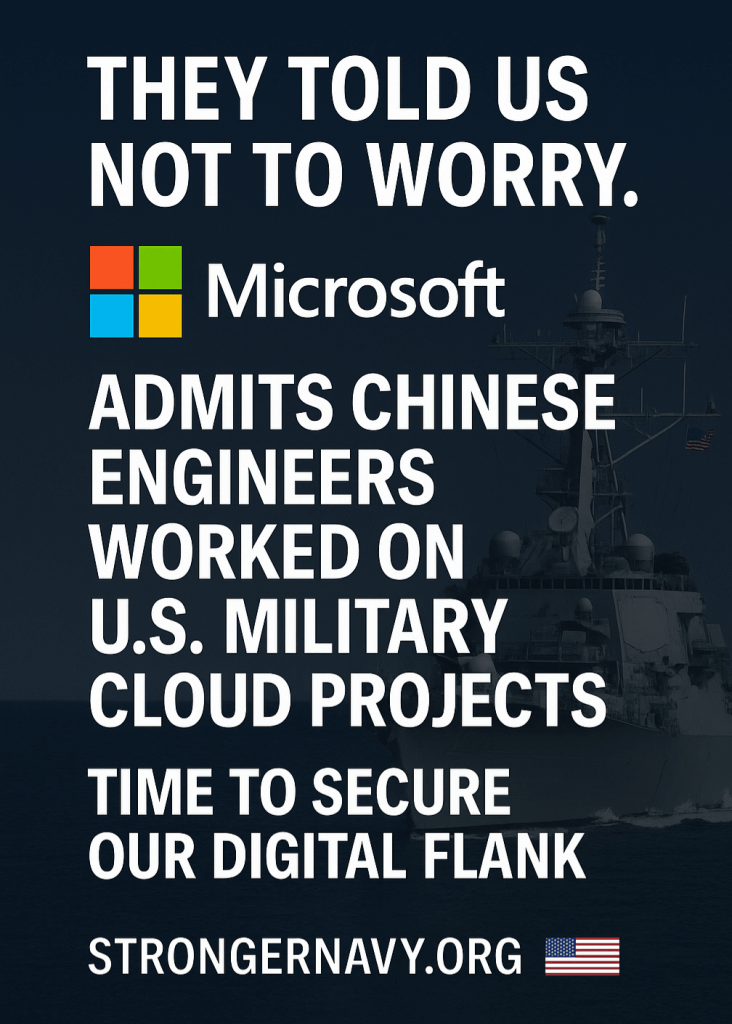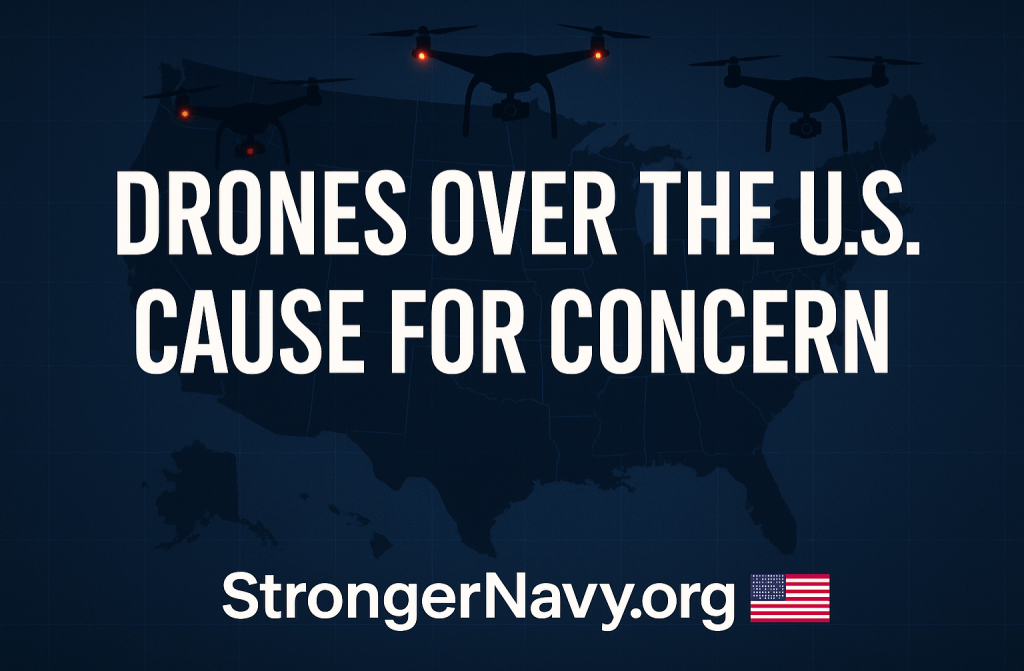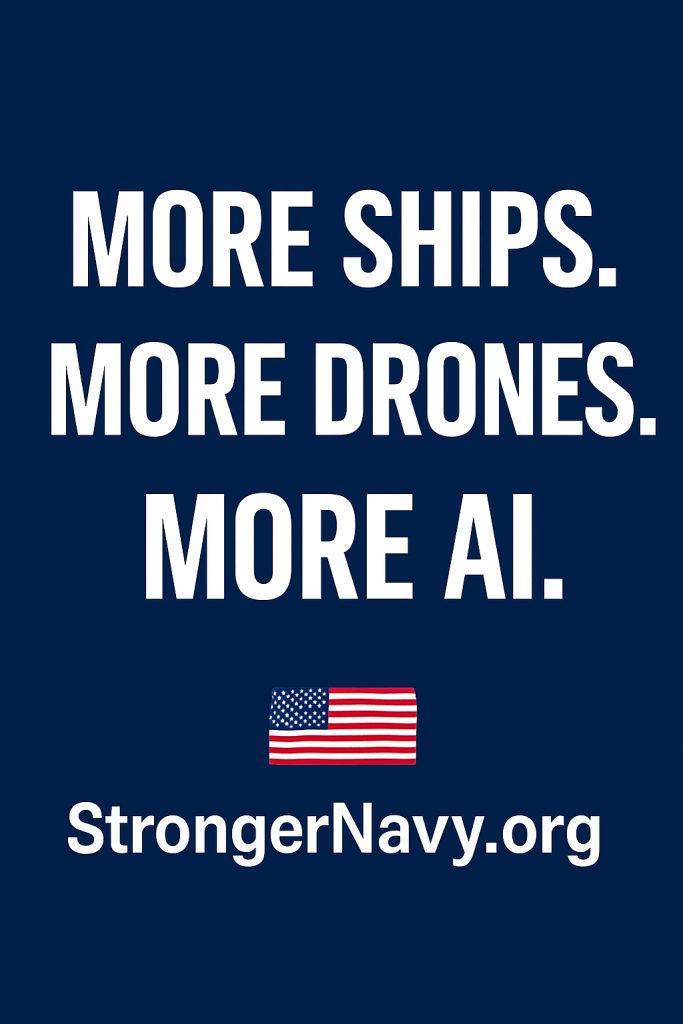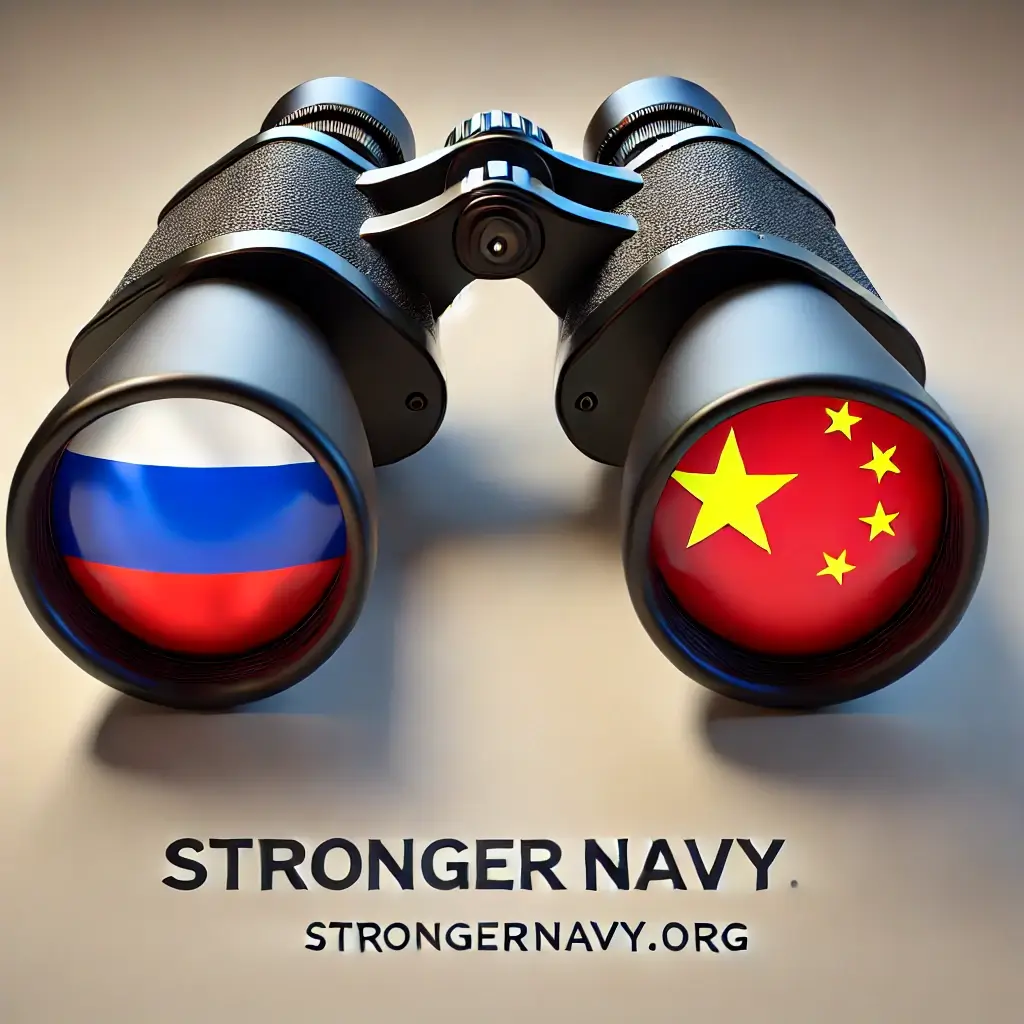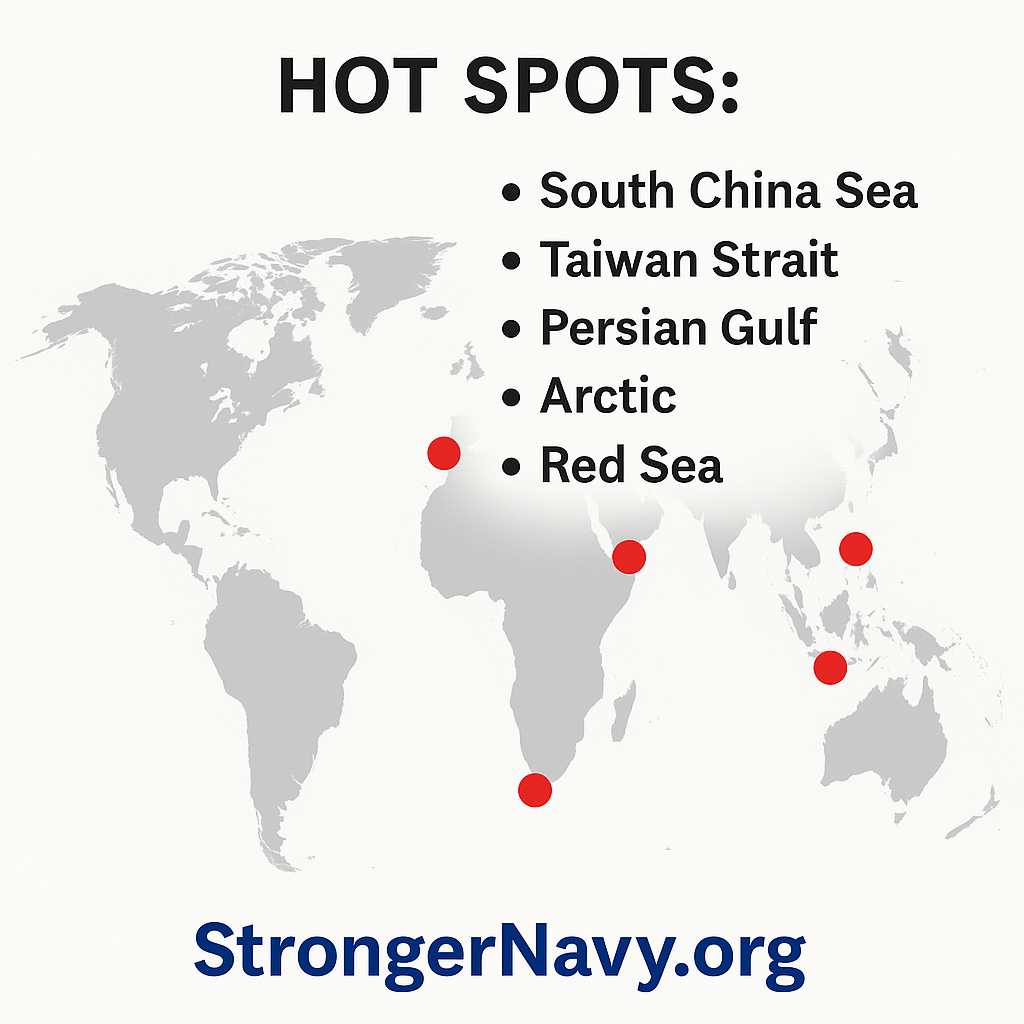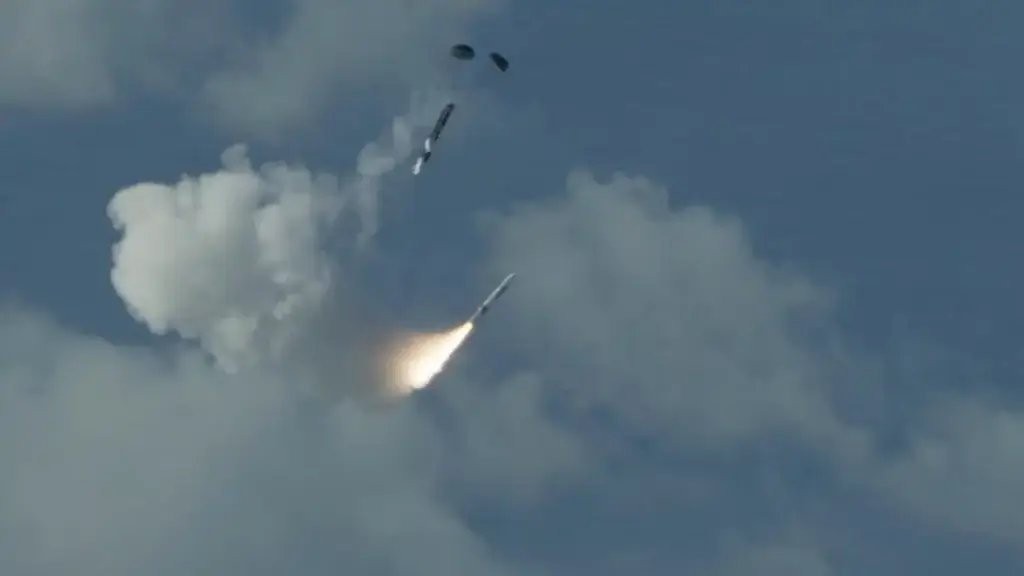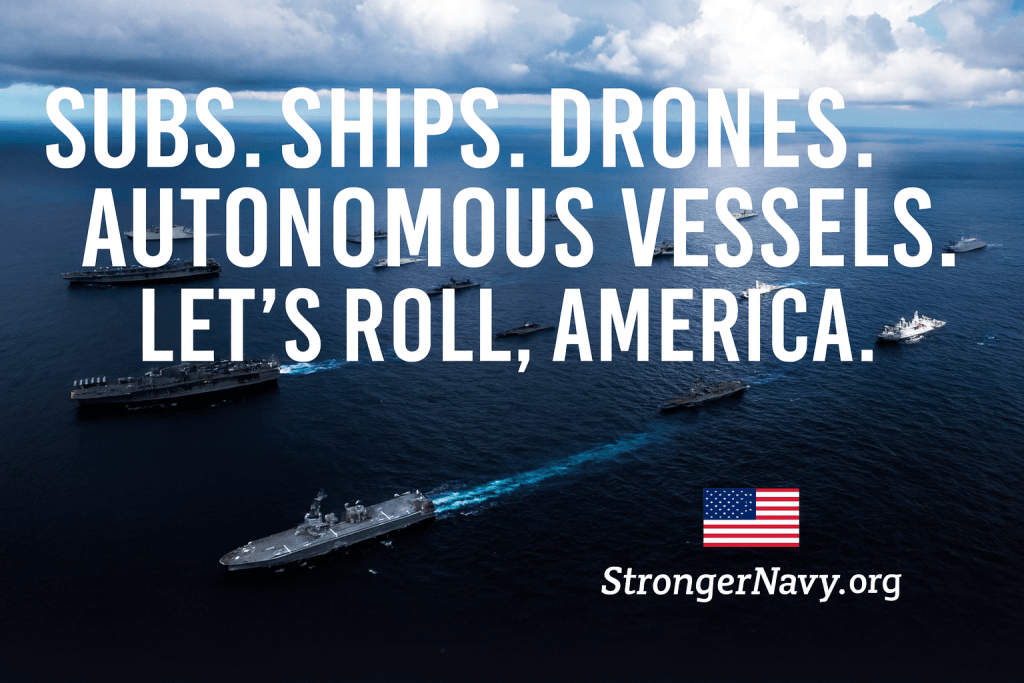

Introduction
From Waltz’s Warning to MASGA’s Launch
On September 27, 2023, Congressman Mike Waltz published “America Needs a National Maritime Strategy,” warning that the United States lacked the shipbuilding capacity and strategic alignment needed to counter China and sustain a maritime advantage.
Nearly two years later, that warning has materialized into policy.
On April 9–10, 2025, the White House issued the executive order “Restoring America’s Maritime Dominance,” launching the Maritime Action Plan and creating the new Office of Shipbuilding under the National Security Council.
Then, on July 31, 2025, South Korea’s Finance Minister confirmed the formal launch of Make America Shipbuilding Great Again (MASGA)—a $150 billion industrial partnership investing in U.S. shipyards, workforce development, and dual-use naval-commercial platforms.
What MASGA Does
MASGA is the largest public-private shipbuilding effort since the Cold War and includes:
- Investment from South Korean giants like Hanwha Group into American yards (including the acquisition of Philly Shipyard)
- Joint U.S.–ROK workforce training programs to close skilled labor gaps
- New production of replenishment, patrol, and logistics vessels for both Navy and commercial use
- Maintenance and drydock support for U.S. Navy ships on U.S. soil
It’s a big step forward—but one that must be matched with urgency.
Admiral Caudle’s Stark Warning: “We Need a 100% Industrial Surge”
On July 29, 2025, during his confirmation hearing for Chief of Naval Operations, Admiral Daryl Caudle delivered a sobering message to the Senate Armed Services Committee.
To meet U.S. obligations under the AUKUS agreement—selling up to five Virginia-class submarines to Australia while sustaining our own fleet—the Navy must double its submarine output:
- Current production: ~1.3 Virginia-class submarines per year
- Required output: 2.3 per year
“We need a transformational improvement,” Caudle testified. “Not a 10 percent improvement, not a 20 percent—a 100 percent improvement.”
He added that international partnerships would be essential as the U.S. works to rebuild its organic capacity:
“There are no magic beans to that. The solution space must open up. We need ships today.”
Committee Chairman Roger Wicker stressed creativity, outsourcing, and urgency. Admiral Caudle agreed, calling for “an all-hands-on-deck approach.”
This is precisely where MASGA comes in.
Why MASGA Matters for the Navy
MASGA’s structure provides the kind of foreign capacity support and workforce relief Caudle explicitly called for. It aligns directly with the Navy’s urgent need for:
- Surge production of submarines and surface combatants
- Expanded maintenance infrastructure
- Shipyard partnerships to relieve domestic pressure
Congressman Waltz anticipated this crisis in 2023. MASGA is the first large-scale step toward solving it.
The Broader Navy Production Challenge
Submarines aren’t the only problem. The Navy’s broader industrial needs remain acute:
- Destroyer production has slipped behind plan; the Navy aims to buy 51 new destroyers over the next 30 years, but current yards are falling short.
- Aircraft carriers like the USS John F. Kennedy (CVN‑79) are years behind schedule.
- The Navy’s long-term fleet goal of 381 ships by 2042 will remain aspirational without massive industrial acceleration.
And even with MASGA, the Navy is still contending with an aging Military Sealift Command, an undersized Merchant Marine, and shipyard repair backlogs.
Modernization Means Autonomy—And We’re Behind
Modernizing the fleet doesn’t just mean more hulls—it means smarter platforms. The future of naval warfare will be shaped by autonomous surface and undersea vehicles, from uncrewed missile boats to AI-enabled minehunters and refueling drones. China is already fielding swarms of semi-autonomous systems in contested waters. Meanwhile, the U.S. Navy’s efforts under programs like the Medium and Large Unmanned Surface Vessel (MUSV/LUSV) remain limited by slow procurement and industrial bottlenecks. MASGA can accelerate the integration of autonomous systems by expanding modular shipbuilding capacity, repurposing civilian infrastructure, and enabling faster tech deployment across the fleet. Without autonomy, we fall behind—not just in numbers, but in survivability and battlefield adaptability.
What Must Come Next
MASGA is a launchpad, not a destination. To restore maritime power, the U.S. must:
Expand submarine production
Reach 2.3 attack subs/year by 2030. This requires labor, capital, and process modernization on a scale not seen in decades.
Accelerate surface fleet output
Ramp up destroyers, amphibious vessels, and support ships. Congress must deliver multi-year procurement and budget certainty.
Fix regulation and finance
Incentivize private capital to flow into U.S. shipyards, not Chinese ones. Close loopholes and create new maritime investment channels for Americans.
Grow the skilled workforce
Welders, naval architects, systems engineers—we need tens of thousands more. Joint international training must be paired with U.S. educational investments.
Modernize the Merchant Marine
We once had over 5,000 ships. Today, we have fewer than 80 engaged in international trade. This is a critical national vulnerability.
Closing Message: MASGA Is a Start, Not a Solution
MASGA validates the vision Mike Waltz articulated in 2023. It meets Admiral Caudle’s call for relief through allied partnerships. It aligns with the Navy’s production and readiness needs.
But China is still building. Delays persist. And the decision space for national security continues to shrink.
Let’s not wait another decade to act like a maritime power. Let’s build, now.
That’s why we launched Charting the Course: Voices That Matter—a 24-part educational series breaking down how we got here, what went wrong, and what must happen next. Our goal is simple: educate the public, connect the dots, and build the support needed to close the readiness gap before it’s too late.
Let’s move beyond slogans. Let’s build understanding, accountability, and strength—before the next crisis comes knocking.
Join us at StrongerNavy.org
Let’s roll.
